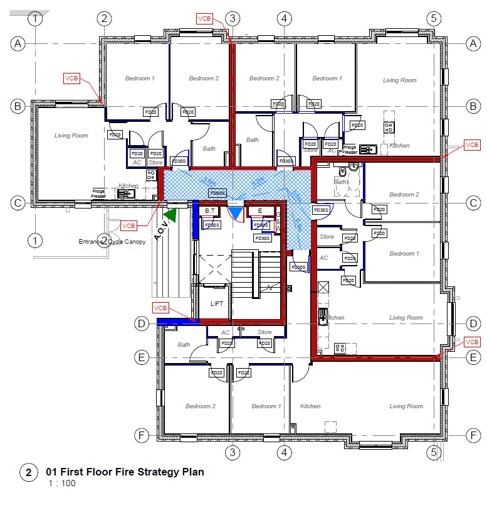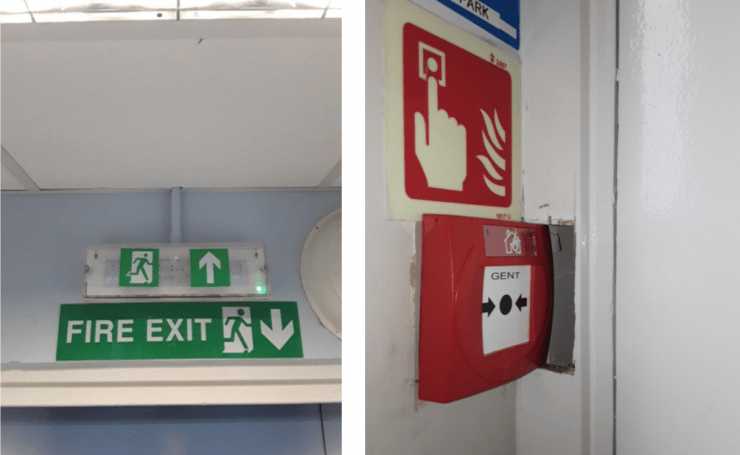Fire Strategy
With every fire strategy, the ultimate goal is to minimise the risk to life. In order to do this, a structured response to fire emergencies must be created, as well as detailed plans to prevent fires happening and to prevent their spread.
Included in a fire strategy is:
- Measures to reduce the risk and spread of fire, including fire-resistant materials, storing flammable substances safely, and regular qualified inspections.
- Detection systems and alerting process; the installation of fire alarms, sprinkler systems and smoke detectors.
- Evacuation plan, and the training and drills involved in ensuring occupants know how to respond to a fire.
- Plans for access for the fire service, including firefighting lifts, wayfinding signage and risers.

Retrospective Fire Strategies:
Many building managers don’t have access to the necessary information to comply with all the latest regulations. This is common with older buildings, and to uphold the building’s safety, a retrospective fire strategy should be conducted. This is where we determine whether the building would have met the functional requirements of the Building Regulations at the time of its construction. If it doesn’t, we recommend the actions needed to get the building to meet the compliance requirements.

